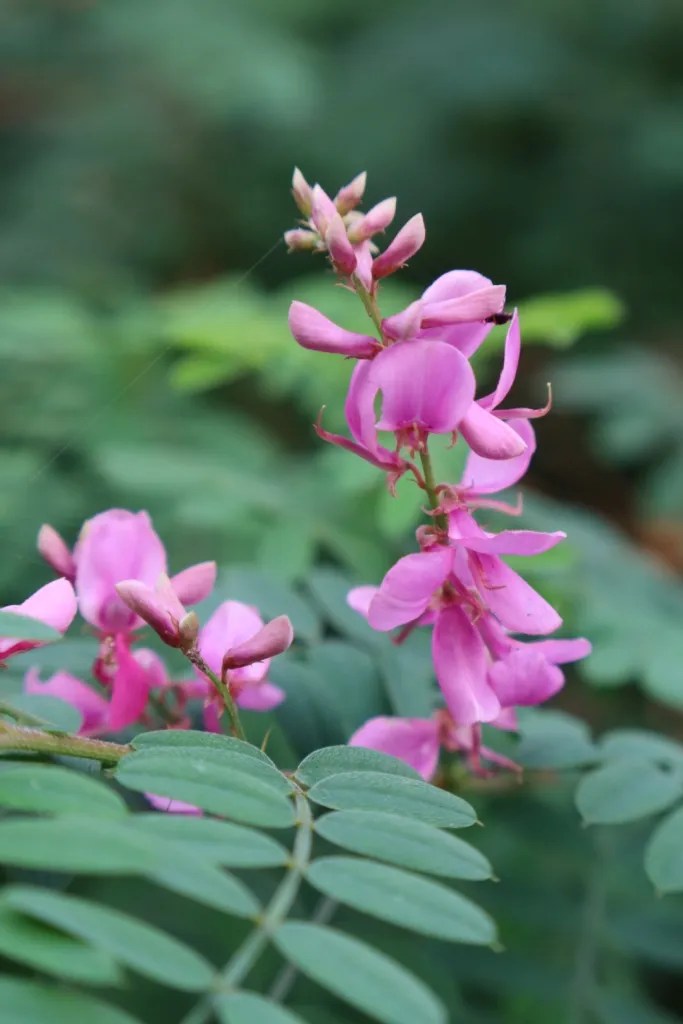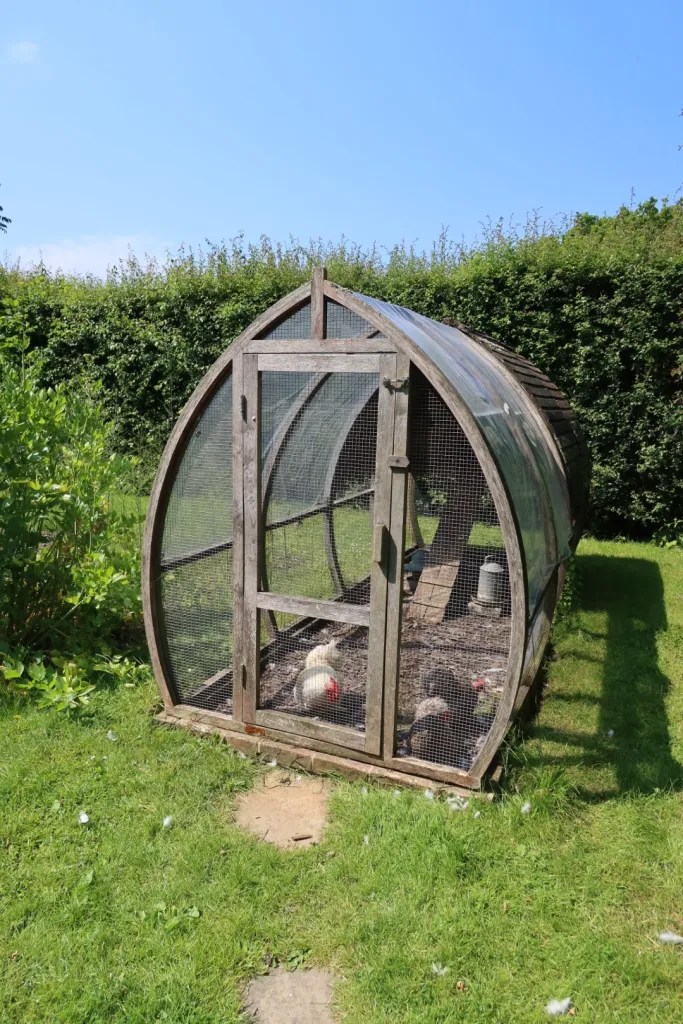Saving and sowing the seeds of the cup-and-saucer vine, plus a day spent with Plant Heritage
It’s 10pm on the 1st of January, and before going to bed I see that the outer case of the cup-and-saucer vine (Cobaea scandens) seedpod I saved in October is dry and brittle, its four seams parting slightly. The twining flower stem and shrivelled leaves cling to the base of the pod. I gently prise the four curving lobes apart to reveal the treasure within: four chambers comprising satin coated beds of pith on which flattish brown seeds overlap one another, resembling hibernating dormice snuggled together for warmth. As I shake the seeds onto a sheet of kitchen paper they fall easily from their resting place. About 1.5cm long, similar in scale to pumpkin seeds, the plump tan storage area of each seed flattens out to a darker brown wavy margin. Certain that the seeds are thoroughly dry, I pop them into a small plastic clip-lock box.







Fast-forward to early March, and the heated propagator is in play, having already accelerated the germination of tomato and sweet-pea seeds. I station sow the 17 saved seeds into individual seed tray cells and wait. By 19 March every seed has germinated, the seed leaves thrusting upwards on fleshy red speckled stalks. I prick them out into 9cm pots and place them on the shelf above the window in the shed for protection.
Thankfully there have been few frosts and the seedlings have survived. Most of them were sold for £1 each at the plant sale held on Good Friday by my client in Richmond, the proceeds of which were donated to Parkinsons UK. I’ve kept back three plants: one of which I shall grow again on the south-facing fence, once the danger of frost has passed and the others I’ll take to clients looking to clothe a wall or fence this summer, albeit with a half-hardy annual. The plants have now reached a similar stage to the form in which I bought the ‘mother’ plant a year ago at a garden centre in Sherborne, Dorset. The true leaves have developed and measure about 11cm long, with four rich green leaflets arranged in pairs and two tiny ‘stipules’ or outgrowths near the base of the leaf stalk. The leaf stalk ends with a terminal leaflet. I can just see a couple of further leaves unfurling at the junction of the two leaves. When mature, the leaflets end in a tendril with tiny hooks with which it clings to its support.


Once planted in situ, the cup-and-saucer vine, also commonly known as cathedral bell, will spread quickly and the flowers begin to emerge during July. They emerge pale green, maturing to a deep shade of purple. I picked a bunch last August to submit to the Kew Horticultural Society’s annual flower & produce show and was delighted to be awarded third prize in the category of, if I remember rightly, a vase of a single species of annuals.

Like their cousins in the Polemoniaceae, the phlox family, the flowers of the cup-and-saucer vine are fragrant, though the scent is not as pervasive. They originate in Mexico and the genus, Cobaea, was named for Bernabé Cobó (1582-1657), a Spanish Jesuit missionary and writer based in Peru. Cobó’s most notable contribution to botany was to describe the bark of the cinchona tree and its use as a remedy for malarial fever in his Historia del Nuevo Mundo.
In 1875, Charles Darwin made a study of a number of climbing plants, to see how they reacted to the stimuli of light and touch. His findings were published in The movements and habits of climbing plants in 1906, and included his observation of the cup-and-saucer vine. Here he noted the exceptionally long tendrils (11 inches in old money), and their capacity to revolve rapidly, as well as the arrangement of tiny hooks with which they cling to the surface on which they grow. On one tendril, he counted 94 ‘of these beautifully constructed little hooks‘ with the hook at the end of the tendril being ‘formed of a hard, translucent, woody substance, and as sharp as the finest needle‘. He also noted that ‘every part of every branchlet is highly sensitive on all sides to a slight touch, and bends in a few minutes towards the touched side’.
What a remarkable plant this is, which deserves to be better known. It thrived last year in its south-facing position and it’s good to know that when I plant one of the seedlings in late May, it’s a direct descendant of that plant I bought a year ago. I recently heard Carol Klein describing the miracle of raising plants from seed and I couldn’t agree more. Furthermore, it’s sustainable, because you’re not buying a new plant in the inevitable plastic pot, but re-using old pots.
Still on the subject of seeds, a month ago I spent the day volunteering for Plant Heritage, the charity which seeks to ensure the cultivated plants we grow now will be available to future generations for cultural, medical, culinary and aesthetic use. The staff at Stone Pine, the HQ of the charity in the village of Wisley in Surrey, were very welcoming. The office we four volunteers worked in overlooked RHS Wisley though we were too busy sorting and cleaning seeds saved in the Sir Harold Hillier Arboretum to admire the view! The other volunteers were very experienced and it was fascinating to learn how to sift through the piles of seeds, removing chaff and so on. Many of the shrub fruits were challenging to deal with, being large and quite leathery.

I spent the day working through a large heap of Lilium regale seeds, trying to neither sneeze nor laugh too enthusiastically, and risk blowing away the fruits of my labours. The final stage of the process was to decant the seeds into small waxed paper bags and then into brown envelopes ready for labelling. The seed packets will be sold throughout the summer at Plant Heritage events and at garden shows and plant sales, to raise funds for the charity. I plan to return for another day’s volunteering in May and am looking forward to more planty conversation and the opportunity to contribute to the work of such a worthwhile cause.
Kew Gardens, 17 April 2024
























































































































































































































































































































































